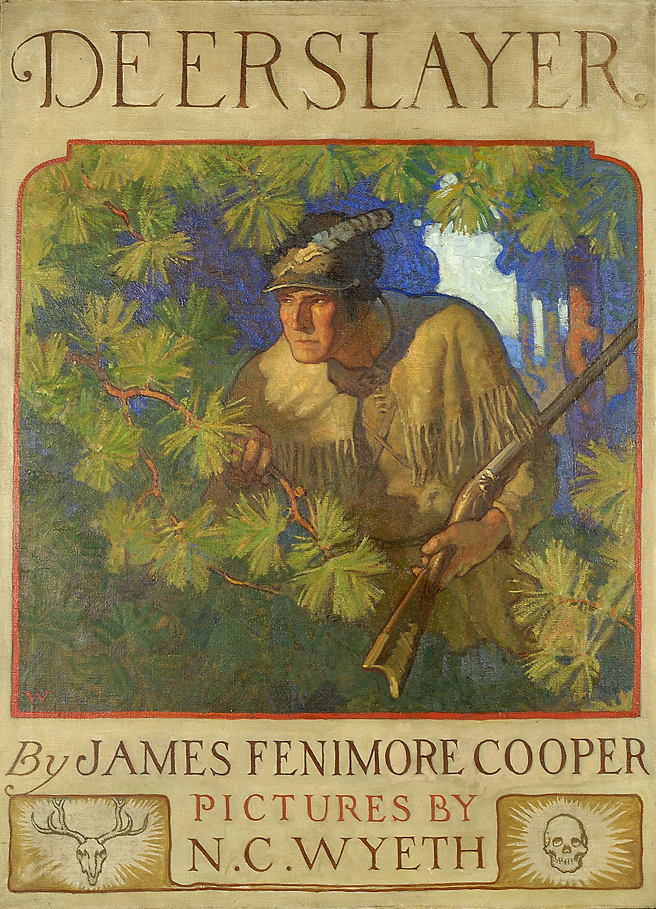Samuel D. Ehrhart, Puck’s greeting to the new year, 1898, from Puck, v. 42, no. 1087, Keppler & Schwarzmann, Library of Congress Prints and Photographs Division
We fished a bunch this year. We fished for cutthroat in Idaho and pike in New Hampshire. In Mississippi I caught my largest fish ever, a black drum, and after fishing for tiny brook trout spent an hour in a peculiarly pleasant Vermont laundromat (which still sends me friendly emails–how did it get my email address?). In the Catskills Joan Wulff told me to relax my shoulder, I jumped a tarpon in the Everglades, and we floated past suburban golf courses near Chicago. I spooked bonefish just outside the fence of the Honolulu airport, while military and commercial jets alternated use of the runway. We stood on ladders in Nevada. It was a good year for for fishing.

This will start the third year for this blog. Before I kept a blog I kept journals, but a blog is harder. Someone might read it, so the writing needs to be better. My journal now consists mostly of baseball scores and random notes. The last journal entry was during the World Series, October 30. Nationals won. Dammit.
One of the blog’s sideshows is the statistics page. I can keep up with how many people are reading stuff and what country they’re from. I had more than twice the number of lookers this year than last, and I figure not all of those were me reading myself. There’s not a lot of specifics in the statistics. I can tell if someone goes onto the blog on a particular day, what they looked at, and what country they’re from, and there are daily, monthly, and yearly totals. Most visitors are from the States, with Canada a distant second. China is third, but I suspect that most visits from China have more to do with bots than reading. Namibia? Bangladesh? Jordan? I think my kids stopped reading, but I can’t really tell that from the scorecard, so they still got Christmas presents. Where is Moldova?

It’s gratifying when someone reads several items, and it’s always fun to see something that I wrote for purely personal reasons, that has nothing to do with fly fishing, get read. Why did that South African read my post from last year about True Grit, and who in England is reading that post about Zurbarán’s Crucifixion? The most popular post for the year was about Ocean Springs, Mississippi, which is a wonderful place and a place I’d encourage anyone to go. My April Fool’s post about buying Pyramid Lake ladders got plenty of traffic.
Early in 2018 I posted a blog that included a lie a guide had told me, about his background as a Navy seal. He wasn’t. He apparently wasn’t any kind of military. In 2019 somebody who knew the guide found the post and it started to circulate. I suppose the guide told the story to work a larger tip, or maybe to justify his wacko right-wing politics. He wasn’t a bad guide, and he told a good story, but I wouldn’t go out of my way to fish with him again. I did leave him a good tip though.

Of all the places we fished last year, the place that surprised me most was the Talapoosa River in Alabama, and the fish that surprised me most was its redeye bass. I had never been on a pretty Southeastern river, so that was some of the surprise, but the fish fit the river. Redeye weren’t the river’s only fish: we caught Alabama bass, bluegill and long-ear sunfish, but it was the redeye that charmed.
They’re a small fish: they rarely weigh more than a pound, but they need clean water and, one supposes, pretty places, because they themselves are so clean-lined and pretty. They have a fine shape, well proportioned scales, fins, and jaws, and a bright iridescent turquoise belly and lower jaw balanced by smallmouth bands of warpaint on the face and olive green horizontal lines rising to their back’s dark mass. Lovely.

Mathew Lewis is an Auburn-PhD candidate geneticist who studies redeye and has written an excellent small book on fly fishing for Redeye Bass, titled, appropriately, Fly Fishing for Redeye Bass. I’ve fished for river bass before, smallmouth in Virginia and Illinois, Guadalupe and largemouth in Texas, and there’s a commonality to it. Cast to the banks. Cast the slackwater next to current, cast to faster current for smallmouths and slackwater for largemouth. Matthew and I traded some emails, and I meant to come back and write specifically about the redeye, but I never got around to it. I think about those fish and that river though, and it’s a place I would go again.
Catching the five subspecies of redeye should be a thing.
In addition to Matthew’s book there are good things on the web that discuss the redeye:
There should be more.

We spent a great two days fishing with Chuck DeGray as far north as we’ve ever been, and Silver Creek lived up to its hype, but my favorite place to fish–and I suspect Kris’s–was Everglades National Park. It is so alive, so beautiful and isolated, and I promise it wasn’t just because I jumped a decent tarpon. I did jump a decent tarpon though.
Happy New Years! I hope your 2020 is as good as our 2019!



























